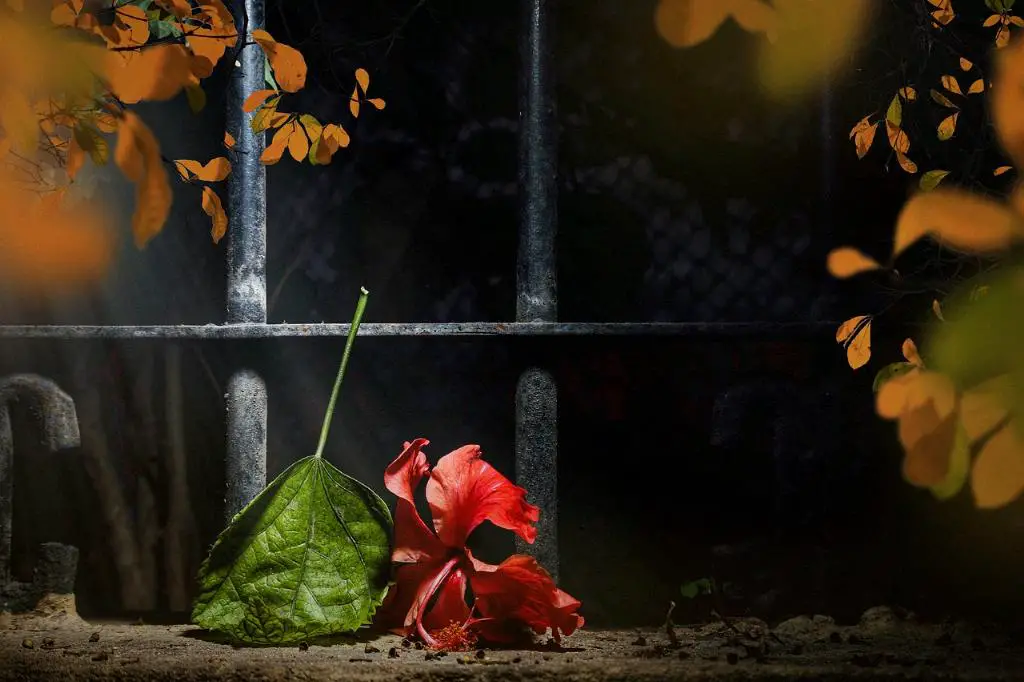When it comes to the culinary world, the exploration of unique and exotic ingredients often leads to intriguing questions regarding their edibility. One such ingredient that sparks curiosity is the hibiscus flower. Known for its vibrant colors and delicate petals, the hibiscus flower not only captivates the eyes but also raises the question: Can You Eat Hibiscus Flowers?
Hibiscus in Cultural and Medicinal Contexts
Hibiscus flowers have held an esteemed position in various cultural practices, including Hindu rituals. Beyond its cultural significance, hibiscus has also been recognized in some cultures for its medicinal properties. Early research has suggested potential health benefits associated with hibiscus consumption, adding to the intrigue surrounding its edibility.
Edible Parts of the Hibiscus Plant
One fascinating aspect of the hibiscus plant is that multiple parts are edible. Not just limited to the flowers, both the leaves and seeds of the hibiscus plant can be consumed. This versatility in edibility expands the culinary possibilities of incorporating hibiscus into various dishes and beverages.
Exploring Culinary Applications
As the question of consuming hibiscus flowers arises, delving into the realm of culinary applications unveils numerous possibilities. From using hibiscus flowers as a garnish to incorporating them into teas, jams, salads, and desserts, the culinary world offers a myriad of creative ways to enjoy the unique flavors and vibrant colors of hibiscus.
Nutritional Value of Hibiscus Flowers
Understanding the nutritional profile of hibiscus flowers can provide insights into their potential health benefits. Hibiscus flowers are rich in antioxidants, vitamins, and minerals, making them a valuable addition to a balanced diet. The unique compounds found in hibiscus contribute to its appeal not just as a culinary ingredient but also as a potential boost to overall well-being.
Preparation and Consumption Guidelines
When venturing into cooking with hibiscus flowers, knowing the proper preparation and consumption guidelines is essential. Thoroughly washing the flowers, removing the pistil and stamen, and selecting fresh, organic blooms are recommended practices to ensure a safe and flavorful culinary experience. Whether dried, fresh, or preserved, hibiscus flowers can be enjoyed in various forms, each offering a distinct taste and texture.
Flavor Profile of Hibiscus Flowers
Describing the flavor profile of hibiscus flowers reveals a delightful blend of tartness and sweetness. The petals of the hibiscus flower offer a slightly tangy taste that is often likened to cranberries or citrus fruits. This tangy-sweet combination adds a refreshing and vibrant element to dishes and beverages, making hibiscus a versatile ingredient in both savory and sweet creations.
Creative Culinary Pairings
Pairing hibiscus flowers with complementary ingredients opens up a world of culinary creativity. From blending hibiscus into smoothies with tropical fruits to infusing its essence into syrups for cocktails, the pairing possibilities are endless. Experimenting with flavors and textures allows for the creation of unique and visually stunning dishes that showcase the beauty and versatility of hibiscus flowers.
Historical Significance of Hibiscus
Looking back at the historical significance of hibiscus provides a deeper understanding of its cultural and symbolic value. In addition to its culinary and medicinal uses, hibiscus has been revered in various traditions and folklore for its beauty, symbolism, and purported health benefits. This rich historical tapestry adds layers of meaning to the act of consuming hibiscus flowers.
Exploring Global Culinary Traditions
Within diverse culinary traditions around the world, hibiscus flowers find their place in a multitude of dishes and beverages. From Mexico’s refreshing hibiscus agua fresca to Jamaica’s sorrel drink during the holiday season, hibiscus plays a versatile role in global cuisine. Exploring how different cultures embrace and incorporate hibiscus into their culinary heritage offers a fascinating glimpse into the interconnectedness of food traditions.
A Culinary Adventure with Hibiscus
Embarking on a culinary adventure with hibiscus flowers opens up a world of sensory delights and gastronomic exploration. Whether savoring a hibiscus-infused dessert, enjoying a steaming cup of hibiscus tea, or experimenting with savory hibiscus-infused sauces, each culinary creation becomes a celebration of the vibrant flavors and colors that hibiscus brings to the table. Can You Eat Hibiscus Flowers? The answer is not just a resounding yes but an invitation to immerse yourself in the culinary magic of this versatile and captivating ingredient.

